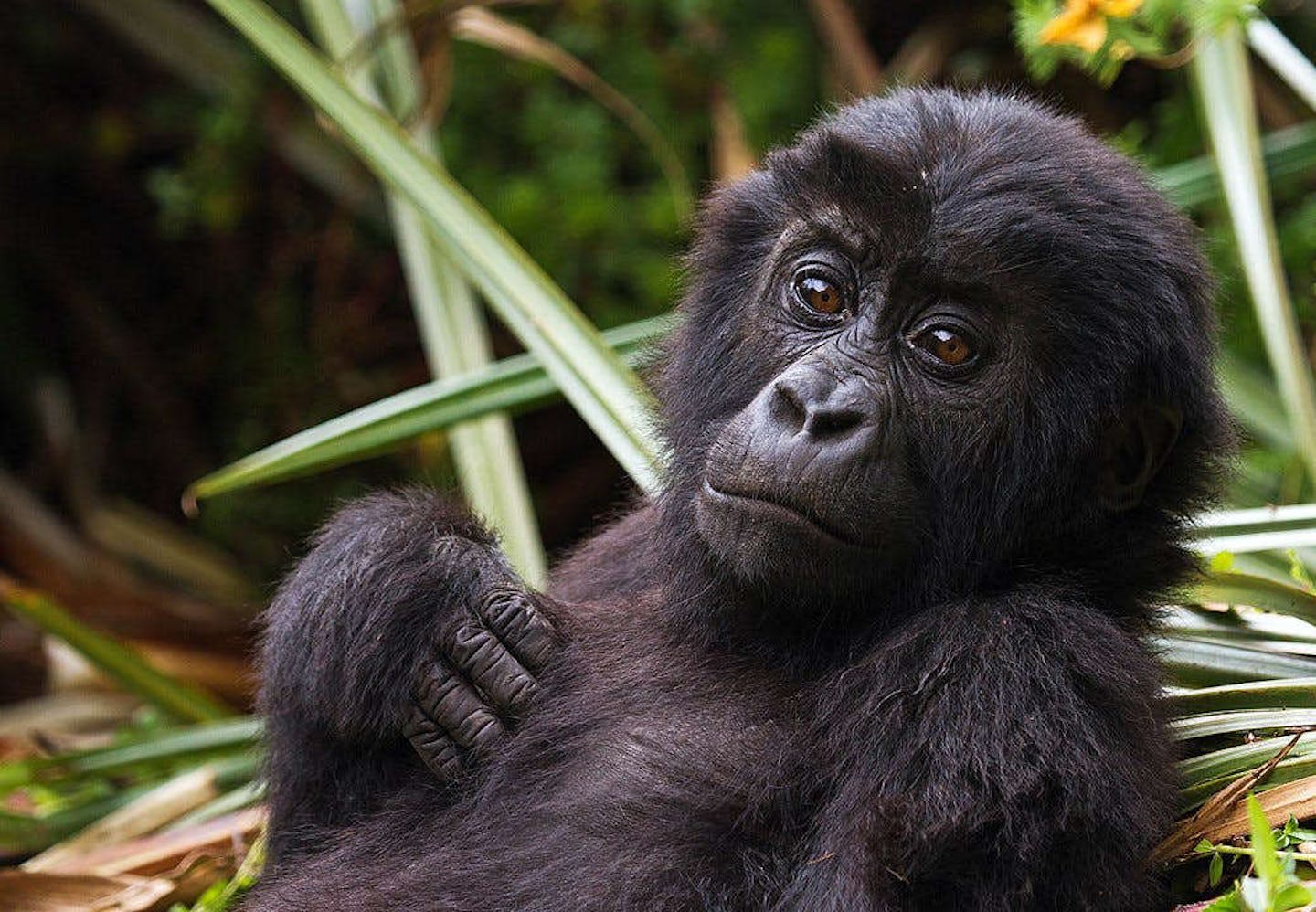Voices from the Field, Community-Based Conservation of Grauer's Gorillas
Our friends at Wild Earth Allies have a vision of “a world where wildlife flourishes in healthy ecosystems that sustain us all.” In working to make this vision reality the organization partners with community focused conservation efforts around the globe that protect habitats, wildlife, and vital ecosystems of our natural world.
In their latest Voices from the Field webinar series that highlights these efforts, primatologist Dr. Augustin K. Basabose speaks about the conservation of Grauer's gorillas in the Kahuzi-Biega National Park located in the Democratic Republic of the Congo (DRC). As Founder and Executive Director of Primate Expertise, Dr. Basabose leads this endeavor that not only protects the largest gorilla species in the world but also uplifts and involves the surrounding community.
Grauer's gorillas, or Eastern lowland gorillas, are endemic to the mountainous forests of the DRC. Weighing up to 440 pounds, they are distinct from other gorillas by their size, short muzzle, and stocky body. Essential to the rainforest’s ecosystem, they are natural seed dispensers as they munch on vegetation and germinate after digestion.
Yet, years of civil unrest in the region, snaring, deforestation, the live gorilla trade, and human transmitted diseases have massively diminished their historic range, fragmented their remaining habitat, and decreased their population to less than 3,500 in the wild. Kahuzi-Biega National Park is home to the largest population of Grauer's gorillas and with 30 years of researching and protecting great apes, Dr. Basabose and his team are on a mission to keep it a sanctuary.
A key component of the team’s response strategy is conservation science and management. Using biomonitoring, training the park staff, forming anti-poaching patrols, and providing equipment, Primate Expertise is able to strengthen the park’s protection. Another key piece of the organization’s work is involvement at the community level. By providing small livestock and supporting vegetable growing, locals and the Indigenous Batwa are able to increase their income and offered food security. With this service, communities reduce their entrance into the forest and feel a sense of connection rather than competition.
Combining science, community, and the Grauer's gorillas’ natural role in the ecosystem, the reforestation effort in Kahuzi-Biega National Park uses seeds collected from ape dung to benefit both the wildlife and surrounding villages. After seeds are removed from the dung, they are potted and cultivated in a nursery.
Once these “Ape Trees” are grown, community members then plant them to help restore the Grauer's gorillas’ habitat and improve their livelihood. Locals use the same vegetation that the gorillas eat, either consuming the same fruits or using the trees’ material for medicinal purposes or for construction and crafts. So far, 108 hectares have been restored in and around the park.
From this successful experience, Dr. Basabose believes that local engagement should be at the core of all conservation efforts. Making people feel like they are part of the solution to our global crises and not just the source of the problem is how to cultivate action. Bringing the community into the collaboration and inspiring the next generation of Congolese ecologists is what motivates him to go out into the field every day. Also, the fact that we share 98 percent of our DNA with these gorillas. It is our responsibility then to protect and preserve the environment of our ape cousins.



